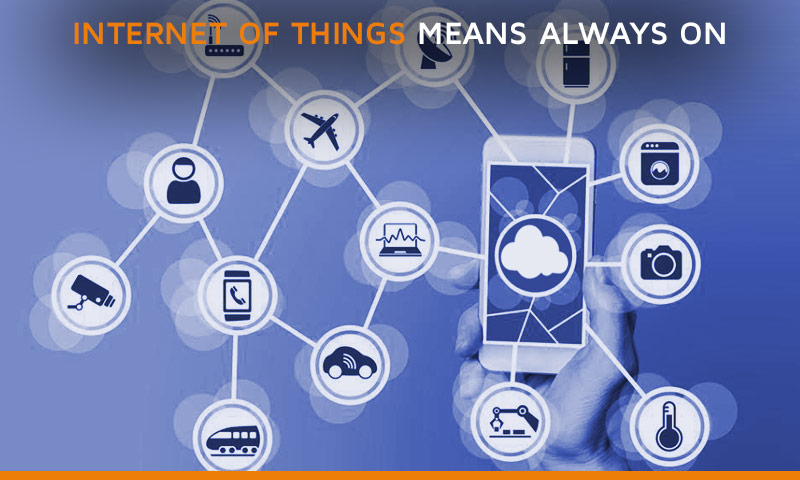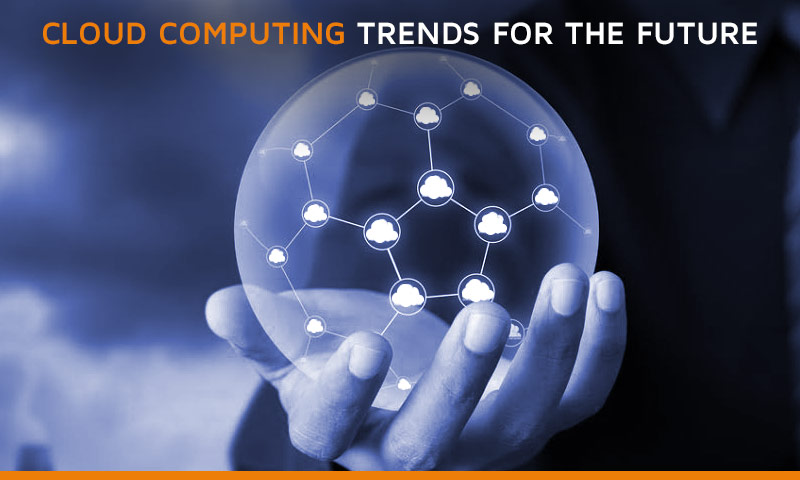Cloud Computing Trends 18 — 36 Months into the Future
April 26, 2016As the next generation of cloud computing is upon us, it’s worthwhile to take a moment and ask, what do we know that we know?
That is, based on where we are now, how will the computer ecosystem look in 18 – 36 months? How can we prepare our business to take advantage of the global opportunities and meet the challenges? What does the crystal ball predict about the future of cloud computing?
Trends in consumer use and infrastructure
Without stretching the imagination, we can say with certainty that within this time period, cloud adoption will explode. We are seeing this growth at both ends of the ecosystem, that is, the end closest to the consumer and the end deepest inside the infrastructure, in terms of geography, heterogeneity and density.
Explosive growth in developing countries
We can expect places where high speed, high bandwidth mobile telephone networks are now proliferating, such as central Asia and Africa, to be fully connected within this time frame. This will mean hundreds of millions of new clients and customers from places we don’t recognize and can’t (yet) pronounce. As a response, the demand for inexpensive smart phones and connectivity will continue to grow in these locations as the demand flattens for these devices elsewhere in the world.
Internet of Things demands an “always on” presence
In terms of heterogeneity and density, we can expect the IOT to become a reality and the demand for a fully connected “always on” presence will explode. This will include personal devices and monitors, health care applications, business and home appliances and entertainment devices as well as location finding and environmental monitoring devices in all types of mobile equipment including mass transit, trucking and automobiles.
Cloud computing is universally adopted
In the infrastructure core, we can anticipate the rush to cloud computing will move forward with increasing speed. In this case by cloud computing we mean “Cloud computing as a subscription-based service where you can obtain networked storage space and computer resources.” At the end of this time frame only organizations with a unique application or security needs and organizations that are “laggards” will still host their own servers and core services.
Within this time horizon, all other organizations will have moved their IT operation to the cloud, whether public or private.
Always on means the highest level of network availability
In many ways this deep and widespread use of end point devices and moving the core infrastructure to the cloud reinforces each other. End point devices which are always on, always reporting, always communicating, require the highest level of availability of both the network and data storage. Our customers are always on, always telling us – by their behavior – what they want, and always expecting us to deliver it.
This requires the level of service only cloud providers can deliver through dedicated, redundant and secure Data Center infrastructure backed up by professionals with global experience.
This environment presents enormous opportunity.
Big Data analytics
First, it allows us to gather, analyze and synthesize vast amounts of data. Always-on devices will tell us about our customers and their behaviors in more detail than we ever imagined. Using data-in-motion in real time, or data-at-rest for longer-term analytics, businesses can innovate to service their markets in greater depth.
Working remotely as a lifestyle
Second, the cloud allows employees remote access to their work environment and the data they need to work anywhere in the world. It increases both the range of work “contracts” and the range of people we work with. These changes will dramatically change our social and physical environment, where and how we work, how we shop, where we live, with whom we live and how we travel from place to place.
The challenges
Before we think we are blissfully holding hands with Dorothy on the Yellow Brick Road to Oz, it’s important to realize that this “always on” environment coupled with a cloud-based infrastructure also presents enormous challenges – both from a legal/ business perspective and a technical/IT perspective. And it is these challenges we will talk about in our next blog.




